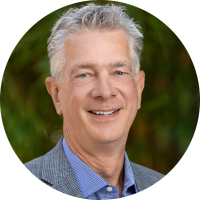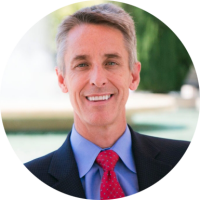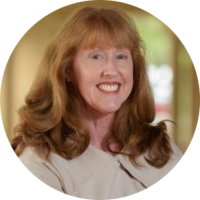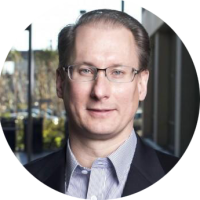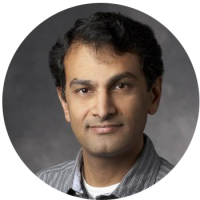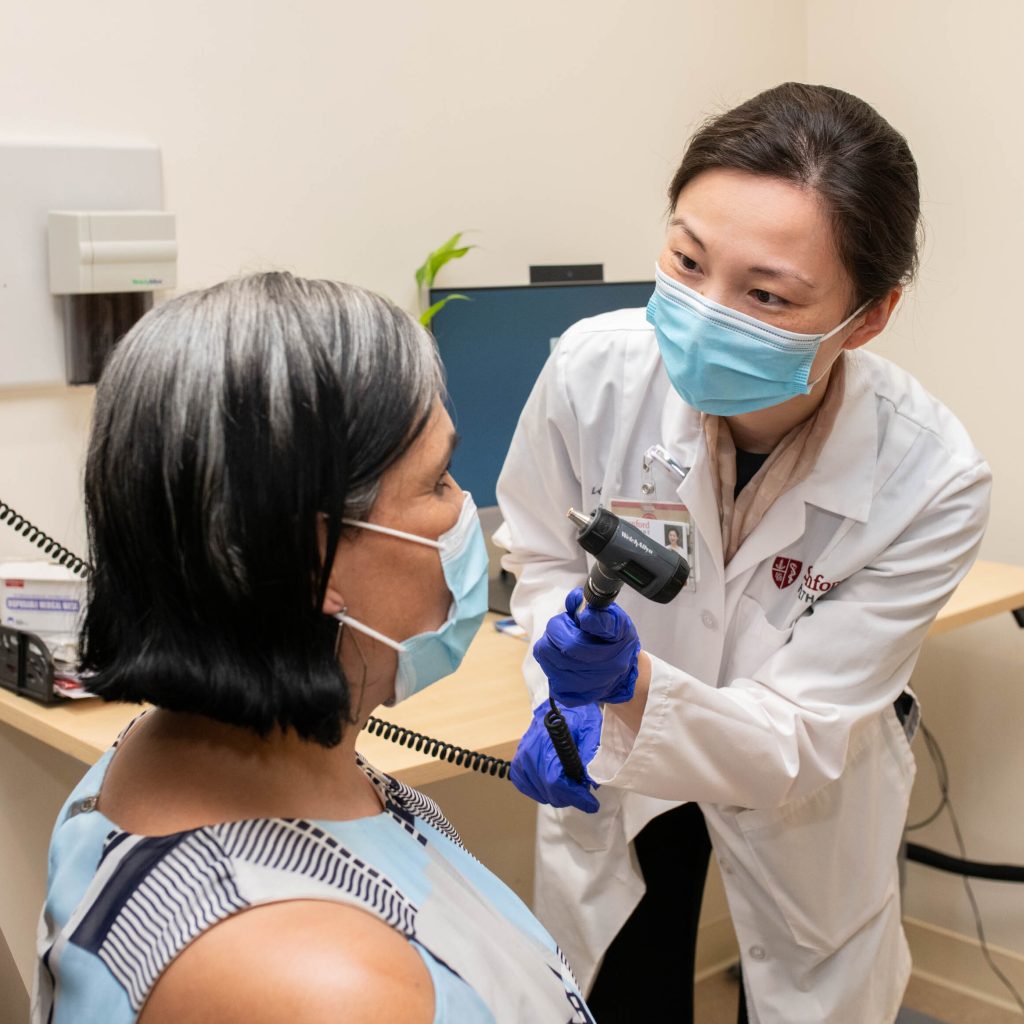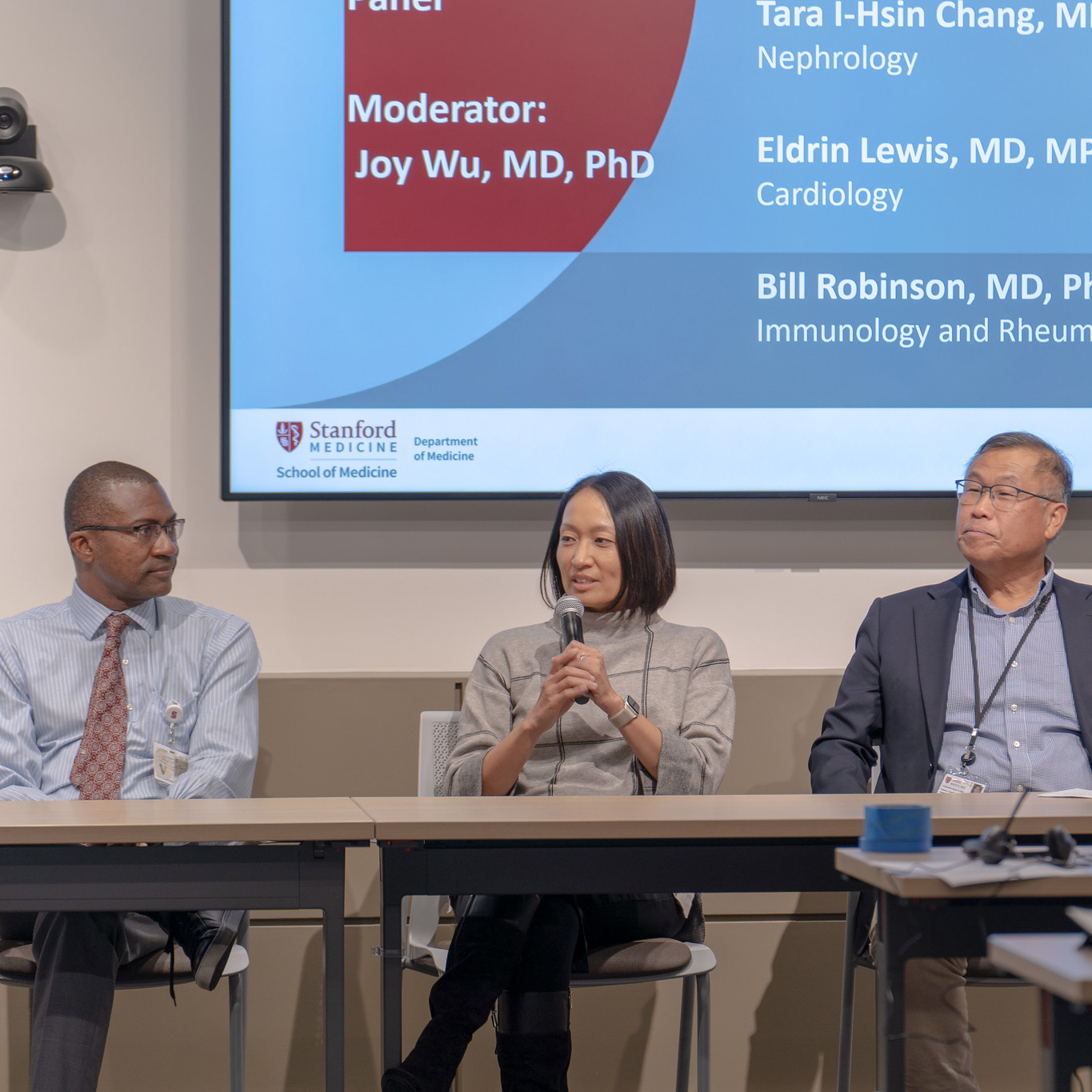Team Science
Team Science
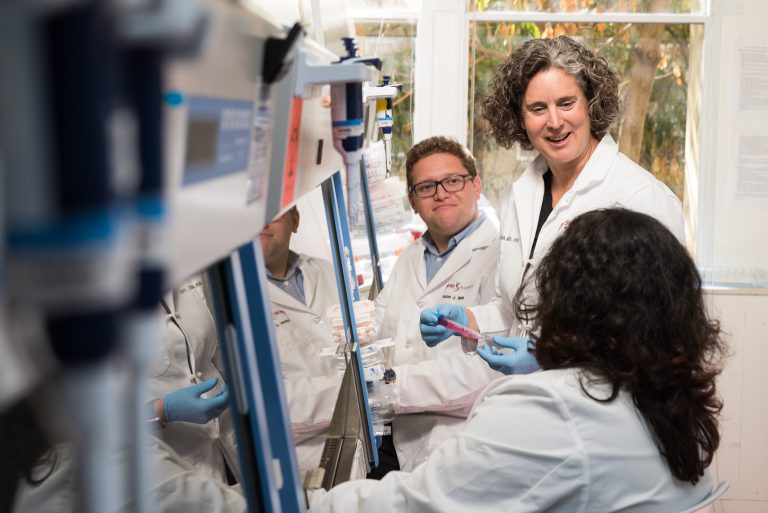
A Team Science Approach to Better Health
The Department of Medicine is committed to translating research discoveries into clinical practice to improve health worldwide. We accomplish this goal through an interdisciplinary approach known as team science.
Team science brings together the expertise of professionals from different fields to address a scientific challenge.
The department has a rich history of pioneering basic, translational, and population science, a research-intensive medical school, and a hospital ranked among the top ten in the nation. The synergy of these resources provides fertile ground for outstanding team science.
Translating Evidence into Action – The Role of Implementation Science
Inefficient care that is not based on evidence costs the US health care system some $200-340 billion dollars every year. Implementation science is the field of medicine that investigates how to best translate scientific discoveries into medical practice. In their engaging Team Science Grand Rounds presentation, Steve Asch, MD, MPH, and Donna Zulman, MD, MS, Associate Professor of Medicine, both from the Division of Primary Care and Population Health, present a compelling argument for implementation science and how Stanford leads research in the field.
Team Science and the Science of Teams
In the latest Team Science Grand Rounds, Sara J. Singer, PhD, MBA, professor of Health Policy and Medicine at the Stanford University School of Medicine and professor of Organizational Behavior, by courtesy, at the Stanford Graduate School of Business, provides a lucid overview on the challenges inherent in highly diverse, interdisciplinary teams and how to build, sustain, and guide teams towards success.
What is Team Science?
“An interdisciplinary, inclusive, collaborative effort led by Department of Medicine investigators to address large-scale, high-impact, scientific questions across the translational spectrum. Team science initiatives will improve human health by using the strengths and expertise of professionals who share a diversity of career stages, fields of research, lived experiences, and organizational affiliations.”
DOM Working Definition of Team Science v2.0
“An interdisciplinary, inclusive, collaborative effort led by Department of Medicine investigators to address large-scale, high-impact, scientific questions across the translational spectrum. Team science initiatives will improve human health by using the strengths and expertise of professionals who share a diversity of career stages, fields of research, lived experiences, and organizational affiliations.”
DOM Working Definition of Team Science v2.0
Team Science Leadership
“An interdisciplinary, inclusive, collaborative effort led by Department of Medicine investigators to address large-scale, high-impact, scientific questions across the translational spectrum. Team science initiatives will improve human health by using the strengths and expertise of professionals who share a diversity of career stages, fields of research, lived experiences, and organizational affiliations.”
DOM Working Definition of Team Science v2.0
Division Representatives
Ravi Majeti
Hematology
Andre Kumar
Hospital Medicine
Evelyn Bin Ling
Hospital Medicine
Nidhi Rohatgi
Hospital Medicine
Julia Simard
I/R
Judith Prochaska
SPRC
Jonathan Scott Maltzman
Nephrology
Manjula K. Tamura
Nephrology
Chris Chen
Oncology
Hanlee P. Ji
Oncology
Roham Zamanian
PACCM
Steven Asch
PCPH
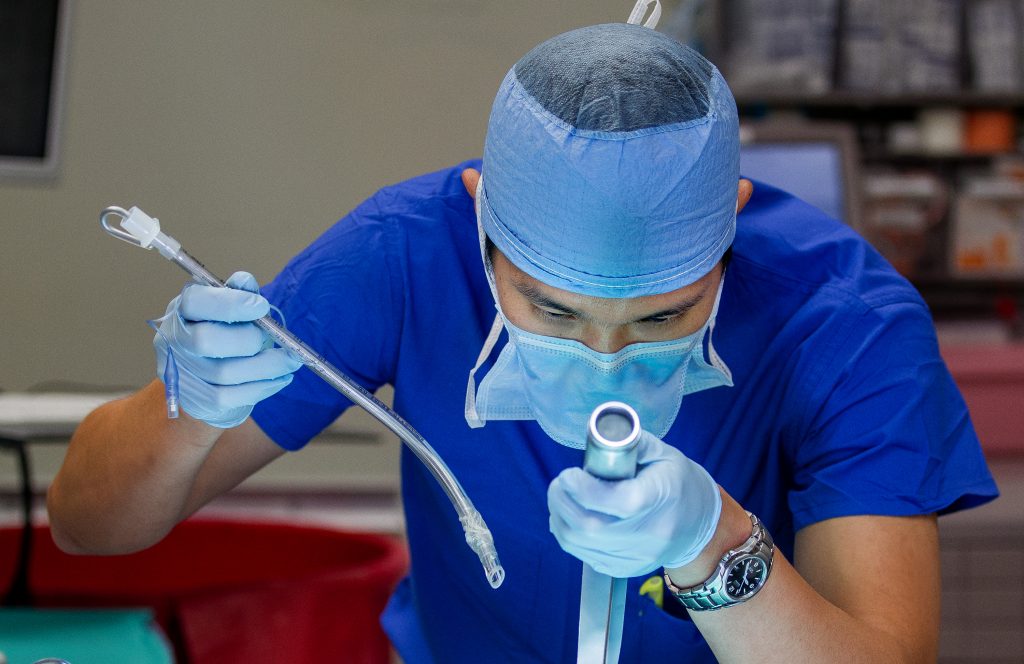
Stanford Medicine is Uniquely Suited for a Team Science Model
The Department of Medicine is optimally positioned to deploy team science through our people, our infrastructure, and our networks of collaborators and partnerships. These include:
- Outstanding academic, research, and clinical faculty
- Established laboratories and core science infrastructure
- Significant clinical research infrastructure
- An extensive network of community-based physician practices
- Diverse patient populations across ethnicity, age, and gender identity
- Strong, ongoing partnerships with Silicon Valley
72

New Staff
Members in 2022
106
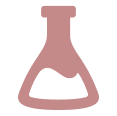
More Lab
Sessions in 2022
15

More Staff
Events in 2022

